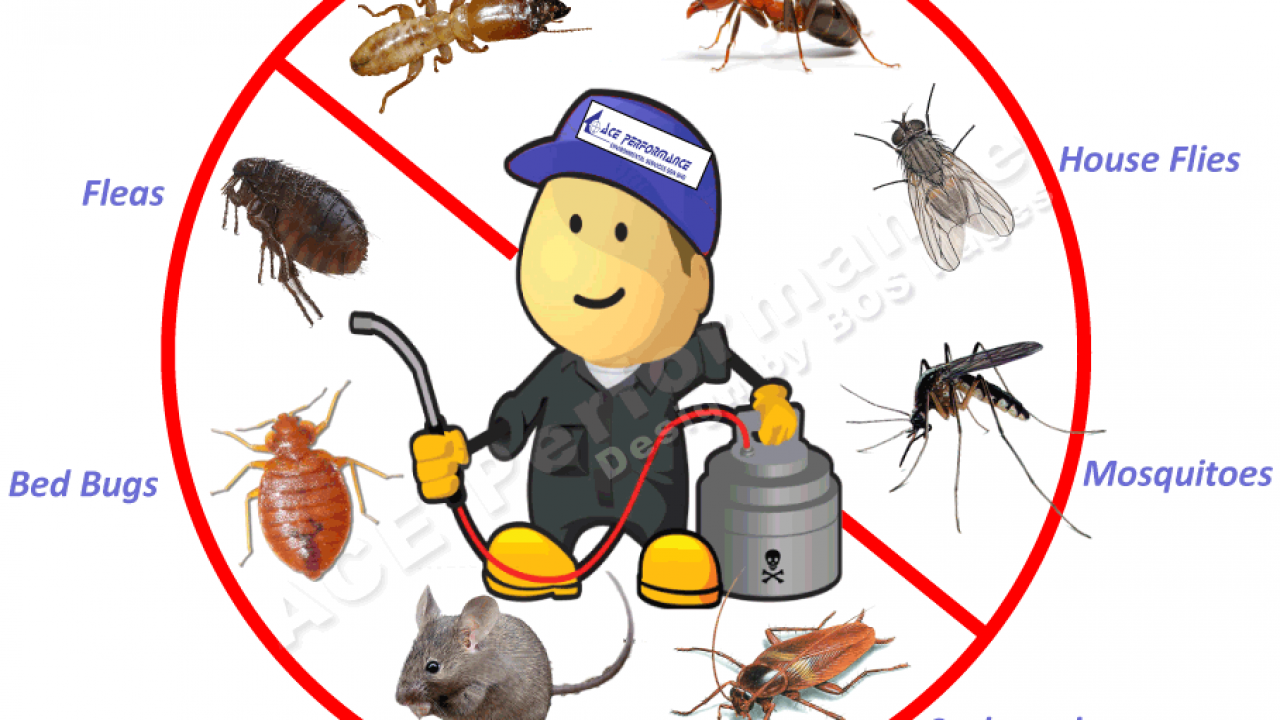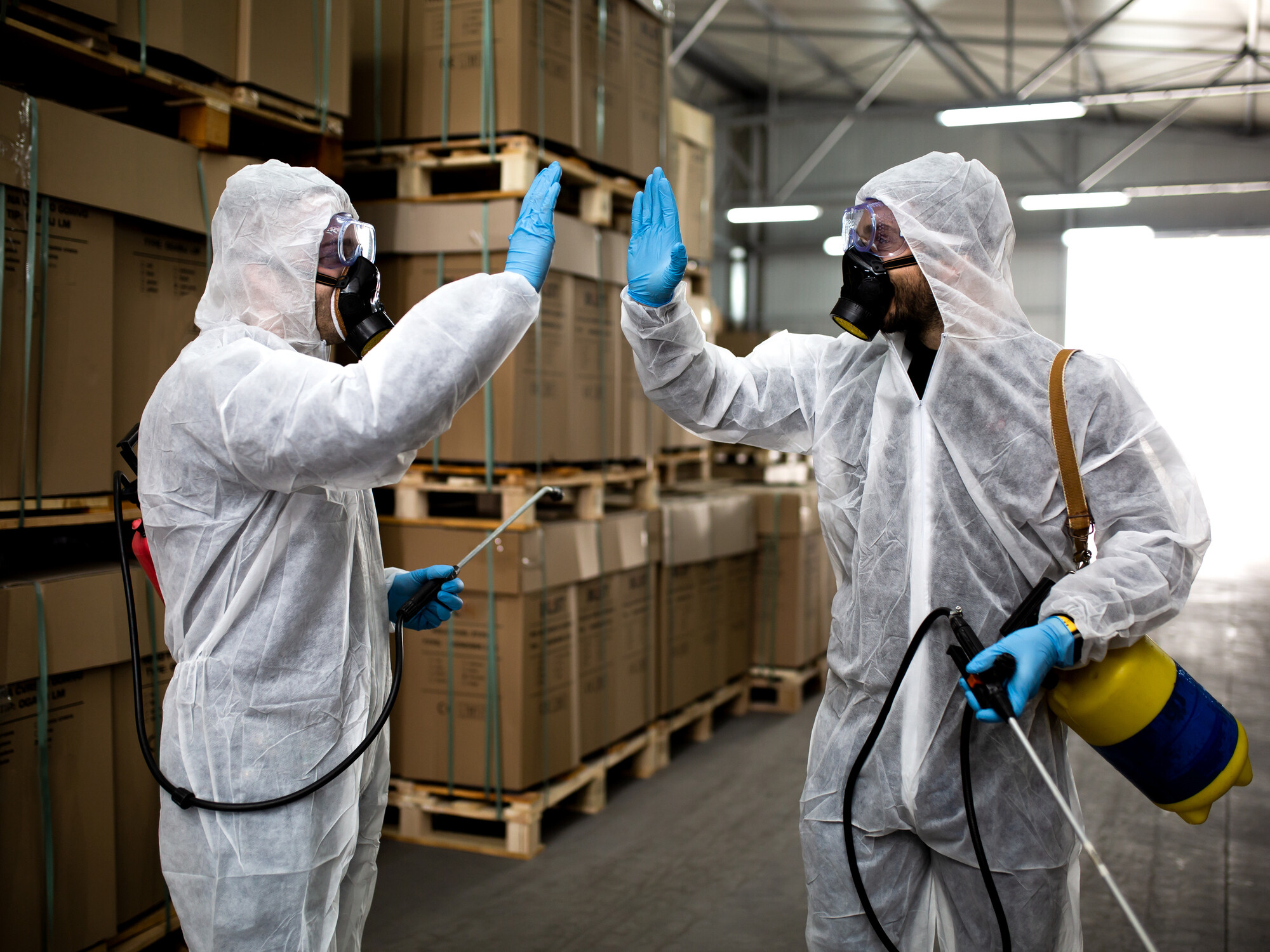Reliable Pest Control Near Me: Your Regional Service
Knowing the pluses and minuses of Various pest control management methods
Pest control management is an important part of sustaining healthy and efficient surroundings, whether it is in agricultural configurations, residential places, or industrial institutions. Because of the abundance of insects while the potential harm they could trigger, it becomes essential to explore various pest control management techniques. But never assume all techniques are manufactured equal, and knowing the advantages and disadvantages of various approaches is key to generating aware choices. From substance aerosols to biological control, physical obstacles to barriers and baits, and alternative approach of built-in bug administration, each strategy boasts a unique pair of advantages and limits. Within conversation, we are going to check out these strategies, considering their unique effectiveness, risks, green influence, and prospective drawbacks, while we endeavor to understand a comprehensive knowledge of pest control management techniques.
Chemical Sprays: Efficiency, Dangers, and Environmental Influence
Chemical sprays, though widely used for pest control, call for a careful consideration of their effectiveness, dangers, and ecological impact. When considering efficiency, substance sprays are very efficient in reducing bugs. They have active ingredients that target specific pests, interrupting their existence cycles and in the end eradicating all of them. These sprays provides a fast and quick way to pest infestations, leading them to a prominent choice for a lot of homeowners and organizations.
But is very important to admit the risks connected with chemical sprays. The chemical compounds found in these aerosols may be toxic to both insects and people as well. Drive experience of these chemical compounds can cause epidermis problems, respiratory problems, and even more severe problems if consumed. Furthermore, the overuse or abuse of chemical aerosols can result in the development of pesticide weight among bugs, making them more difficult to manage in the long run.
Additionally, environmentally friendly influence of chemical sprays can not be ignored. These sprays can contaminate land, liquid options, in addition to environment we breathe. They may be able hurt advantageous bugs, wild birds, and other creatures, disrupting organic ecosystems. Moreover, the accumulation of pesticide deposits for the environment might have long-term impacts in the overall biodiversity and ecological balance.
Biological Regulation: Pros and Cons of employing All-natural Predators
Utilizing all-natural predators as a type of biological control offers both positives and negatives in pest management tricks. One of the primary benefits is truly an environmentally friendly strategy. Organic predators, eg ladybugs, lacewings, and parasitic wasps, feed on pests, lowering their unique populations naturally without the need for chemical pesticides. This can help to maintain the ecological stability and preserves biodiversity in the environment.
An additional benefit of utilizing organic predators is because they can focus on certain bugs. Unlike chemical sprays that will hurt advantageous bugs, natural predators are able to find and feast upon certain bug species. Pest control near me. This specific approach can properly get a grip on bug communities without producing damage to various other bacteria from inside the ecosystem
However, there are also downsides to relying on normal predators for pest control management. One limitation is the fact that it might take longer observe outcomes versus chemical strategies. All-natural predators need time for you to locate and establish by themselves in your community, in addition to their efficiency can vary greatly based aspects for example heat and accessibility to victim.

Physical Barriers: benefits and limits of utilizing Nets and walls
Physical obstacles, including nets and walls, provide a number of advantages and restrictions in pest management methods. These actual barriers are commonly accustomed protect against insects from accessing vegetation, gardens, or discover this info here any other places that they could trigger harm. One of the main features of making use of nets and fences is the effectiveness in keeping pests away. By creating a physical buffer, capable efficiently prevent the entryway of bugs, such insects, birds, or little More about the author mammals. This will dramatically decrease the harm caused by pests that assist keep up with the quality and produce of crops. In addition, nets and fences are eco-friendly and don't involve the usage of substance pesticides or herbicides, leading them to a safer option for both people plus the atmosphere.
But there's also limitations to making use of nets and fences for pest control management. One constraint could be the price involving installing and sustaining these physical barriers. Depending on the measurements of the location become shielded, the price of products and labor are significant. Another restriction is nets and fences may not be efficient against all types of bugs. Some bugs, like burrowing creatures or traveling insects, can find ways to avoid or conquer these obstacles. Additionally, nets and fences also can restrict ventilation and sunshine, that might have undesireable effects regarding the growth and development of plants.
Barriers and Baits: Comprehending Their Efficiency and Prospective Disadvantages
Barriers and baits play a vital role in pest control methods, supplying a fruitful ways acquiring and getting rid of insects while reducing dependence on chemical pesticides or herbicides (Pest control near me). These practices are generally used in controlling rodents, pests, as well as other undesired pests. Barriers are made to actually capture bugs, preventing them from creating more damage or spreading conditions. Baits, alternatively, are substances that attract bugs and they are often laced with dangerous chemical compounds to destroy them
Barriers are available in numerous forms, such snap traps, adhesive barriers, and live traps. Snap barriers tend to be popular for finding rats, while glue barriers work well for trapping insects. Live traps tend to be civilized solutions that enable for the capture and relocation of bugs without harming them. Baits, on the other hand, are typically made from meals and other appealing compounds that entice bugs to consume them. These baits are often coupled with pesticides or herbicides or toxins that kill the pests.
One of many features of barriers and baits is their specific approach, emphasizing certain pest varieties while minimizing harm to non-target organisms and why not try this out the environment. In addition they supply a non-chemical substitute for pest control management, decreasing the risks related to chemical pesticide use. But like most pest control management approach, barriers and baits have their drawbacks. They might maybe not totally eliminate pest populations, demanding ongoing spying and maintenance. Moreover, the potency of barriers and baits may vary with regards to the bug types, their particular behavior, additionally the green conditions. Mindful positioning and regular inspection are essential for optimum results.
built-in Pest control: Advantages and difficulties of a natural Approach
The alternative approach of built-in Pest control (IPM) provides various benefits and presents unique challenges in the area of pest control management. IPM focuses on the prevention, monitoring, and control of bugs through a variety of tricks that minimize the utilization of pesticides. One of the most significant features of IPM is its green friendliness. With the use of renewable techniques such as for instance biological control, social practices, and habitat manipulation, IPM decreases the reliance on chemical pesticides or herbicides, causing a safer and better planet for humans and wildlife. Furthermore, IPM encourages lasting bug control solutions, as it stresses the significance of recognizing bug behavior and environment. This knowledge provides specific interventions that tackle the root factors behind bug infestations, without just treating signs or symptoms. But implementing IPM tends to be difficult. It will take a comprehensive comprehension of pest biology, and the ability to truthfully supervise and identify pests. In addition, IPM typically calls for an important investment of the time and sources, whilst requires typical spying in addition to implementation of numerous methods. Nonetheless, the great benefits of IPM, including lowered pesticide usage and long-lasting pest control, enable it to be an invaluable approach in the field of bug administration.
Summation
